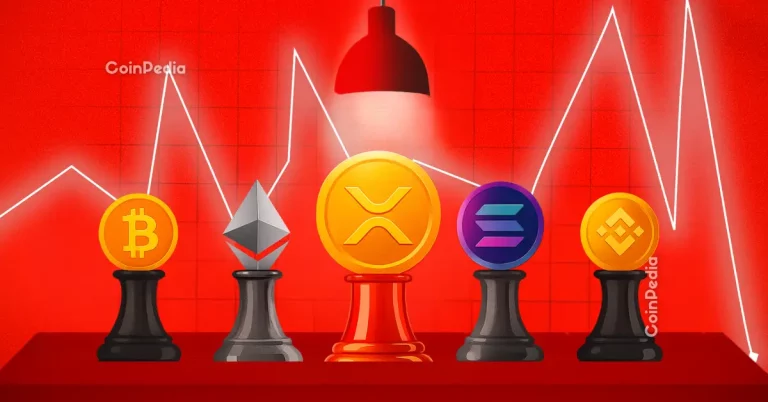
The Evolution of E-commerce by 2025: A New Era of Digital Shopping
The Evolution of E-commerce by 2025 is an exciting topic that has been gaining attention in recent years. As we approach the mid-2020s, it’s clear that the e-commerce industry is undergoing a significant transformation. In this article, we’ll explore the latest trends, technologies, and innovations that are shaping the future of e-commerce and how they will impact the way we shop online by 2025.
Introduction to E-commerce
E-commerce, or electronic commerce, refers to the buying and selling of goods and services over the internet. The concept of e-commerce has been around for decades, but it wasn’t until the widespread adoption of the internet in the 1990s that online shopping began to gain popularity. Today, e-commerce is a multi-trillion-dollar industry that continues to grow and evolve at a rapid pace.
The Current State of E-commerce
Currently, e-commerce accounts for around 15% of total retail sales worldwide. This percentage is expected to increase significantly by 2025, with some estimates suggesting that online sales will account for up to 25% of all retail sales. The rise of mobile commerce, social media, and digital payment systems has made it easier than ever for consumers to shop online.
Trends Shaping the Future of E-commerce
Several trends are shaping the future of e-commerce, including:
- Artificial Intelligence (AI): AI is being used to personalize the online shopping experience, improve customer service, and optimize logistics and supply chain management.
- Augmented Reality (AR): AR is being used to enhance the online shopping experience, allowing customers to see how products would look in their homes before making a purchase.
- Social Commerce: Social media platforms are becoming increasingly important for e-commerce, with many consumers using social media to discover and purchase products.
- Sustainability: Consumers are becoming more environmentally conscious, and e-commerce companies are responding by adopting sustainable practices and reducing their carbon footprint.
Technologies Driving the Evolution of E-commerce
Several technologies are driving the evolution of e-commerce, including:
- 5G Networks: Faster and more reliable internet connectivity is enabling seamless online shopping experiences and reducing latency.
- Blockchain: Blockchain technology is being used to improve security, transparency, and efficiency in e-commerce transactions.
- Internet of Things (IoT): The IoT is enabling the development of smart products and services that can be controlled and monitored remotely.
- Virtual and Augmented Reality: Virtual and augmented reality technologies are being used to create immersive online shopping experiences.
Conclusion
In conclusion, the evolution of e-commerce by 2025 will be shaped by several trends, technologies, and innovations. As the industry continues to grow and evolve, it’s essential for businesses to stay ahead of the curve and adapt to changing consumer behaviors and preferences. By embracing new technologies and trends, businesses can create seamless, personalized, and sustainable online shopping experiences that meet the needs of modern consumers.



